Heatstroke first aid knowledge
2022-06-12
Why do people get heat stroke? The human body is like an air conditioner. Under normal circumstances, the surrounding environment is slightly higher or lower, and it will not affect it. Body temperature will be constant at 37°C
about.
Heatstroke is when the ambient temperature is so high that even the "air conditioner" fails. After the body temperature is out of control, the balance of water and salt (sodium) metabolism in the body is disturbed. The consequences of heatstroke are serious and can even lead to death.
So what are the symptoms, how do you feel, and how to deal with it after heat stroke?

Grading of heat stroke
Heatstroke is divided into different grades according to the severity of symptoms and the degree of emergency response. Generally speaking, heatstroke can be divided into three grades:
1. First grade heatstroke: Threatening heatstroke
As the name suggests, Threatened Heat Stroke is the mildest condition. The main symptoms include dizziness, dizziness, a slight increase in body temperature or the same body temperature. Muscle spasms may also occur with pain at the site of the spasms - This is heat stroke caused by excessive sweating and loss of salt (sodium). Some people also feel strange discomfort such as numbness in the hands and feet.
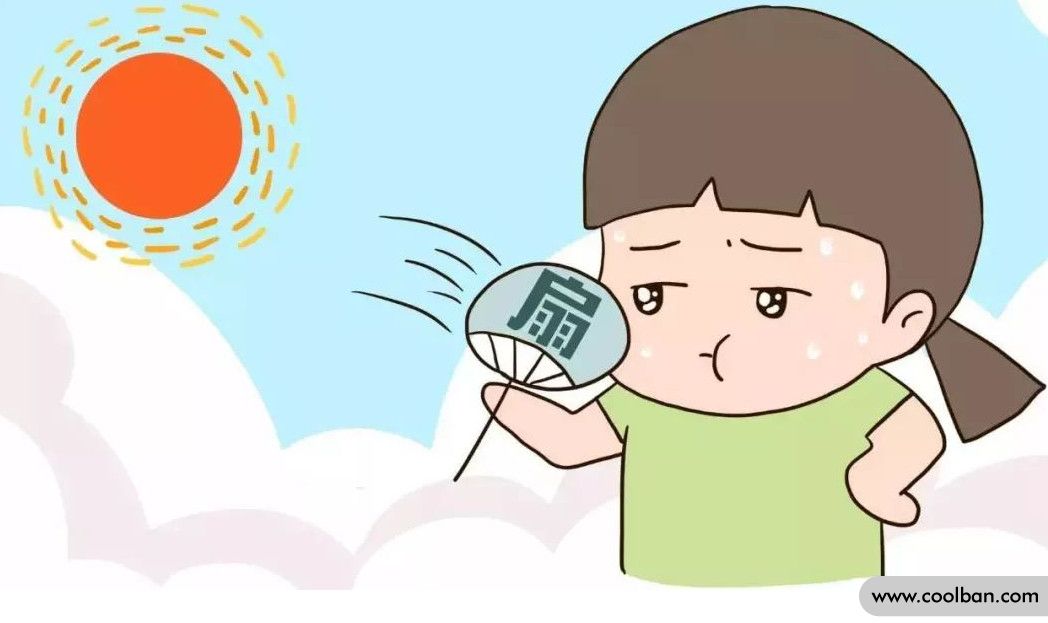
How to deal with threatened heat stroke:
(1) Immediately change the environment. Move to shade, such as under a tree, to rest to reduce body temperature. A cool and ventilated room is better, and ideally an environment with cold air-conditioning on, which helps the body lower its body temperature quickly.
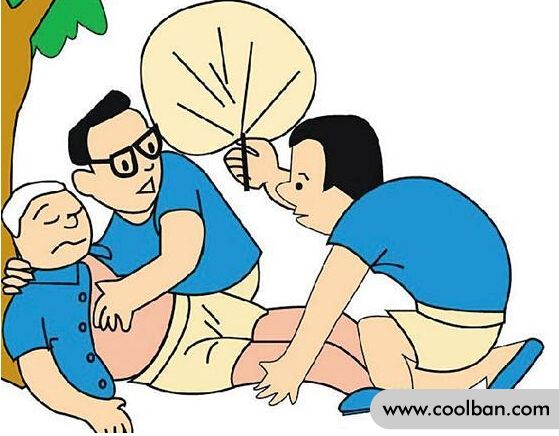
(2) It is best to have someone accompany you in the room to observe the condition, and if it deteriorates, you can respond quickly, or send it to the hospital immediately.
(3) At the same time, add water immediately. However, the supplement of water should be appropriate, and must not be binge drinking, because drinking a large amount of water at one time will trigger the body's reflex perspiration hyperactivity, which will lead to further loss of water and salt, and aggravate the disease.
2. Second grade heatstroke: mild heatstroke
In addition to the aggravation of symptoms of heatstroke at this level, symptoms of heatstroke may also appear more intense, such as headache, nausea, vomiting, flushing, sweating, fatigue and weakness, and some people's body temperature begins to rise. Patients at this stage sometimes seem to feel that something is wrong with their expressions, which is actually a sign that mild disturbance of consciousness has occurred.
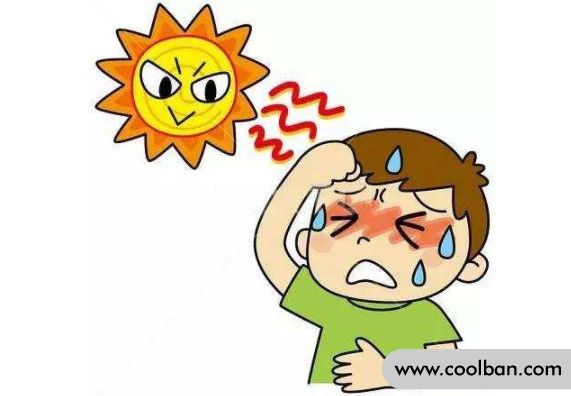
How to deal with Mild heat stroke:
Although mild heatstroke is more serious, the overall response plan is not much different from threatened heatstroke. Some of these people may lose the ability to self-rescue (such as self-hydration and salt), which requires immediate rescue, cooling and hydration by others. In addition, you can drink some Huoxiangzhengqi water or Huoxiangzhengqi soft capsules properly to relieve the symptoms of heat stroke. The best treatment is to send it to the hospital immediately.

3. Third grade heatstroke: severe Sickness heatstroke
Namely: heat stroke. In addition to milder symptoms of heat stroke, heat stroke may present the following typical symptoms:
(1) Consciousness disturbance, convulsions, hand and foot movement disorders;
(2) The body temperature rises rapidly, and the body temperature of some patients can reach 40℃ or even above;
(3) Abnormal liver function, renal function damage, and coagulation disorders (these indicators must be obtained through blood tests in the hospital).
Heat stroke is an extremely dangerous form of severe heat stroke, and it is important to realize that the mortality rate is quite high (between 20% and 70%, and can be as high as 80%). Therefore, an ambulance must be called as soon as possible and rushed to the hospital for emergency treatment.

How to deal with severe heat stroke:
(1) Immediately try to transfer the heatstroke patient to a shaded place with good ventilation, preferably an indoor environment with a cold air conditioner.
(2) Undressing enables heatstroke patients to rapidly reduce body temperature. Remove as much clothing as possible from a heatstroke victim to help the body quickly lower its body temperature. Pay particular attention to loosening parts of your clothing that are tight to your body, such as ties or belts. Underwear is looser to improve ventilation.
(3) After taking off your clothes, properly sprinkle some water on the bare skin, wipe the skin, and then use an electric fan or even a hand fan to lower the body temperature.
(4) If an ice pack can be found on site, wrap the ice pack with a towel or clothing to avoid direct contact with the skin, and then place it on the patient's forehead, back of head, chest, elbow socket, and thigh root, etc. The subcutaneous blood at the site is cooled. There is really no ice pack, and iced mineral water bought at a convenience store can also be used instead.
(5) Appropriately add water.
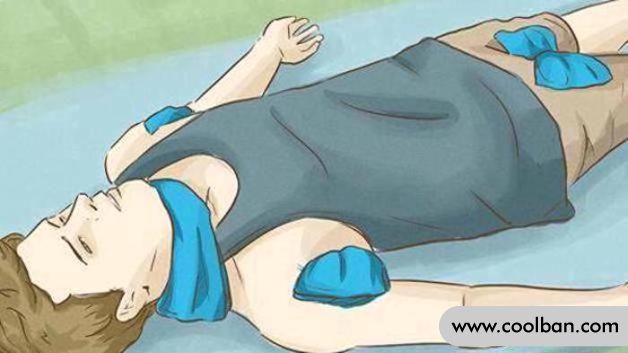
In summary, the key point of whether the lives of critically ill heat stroke patients can be saved is whether their body temperature can be reduced to normal body temperature as quickly as possible. Therefore, the short time window before the ambulance arrives is often very important, and it is beneficial to learn the proper first aid treatment.
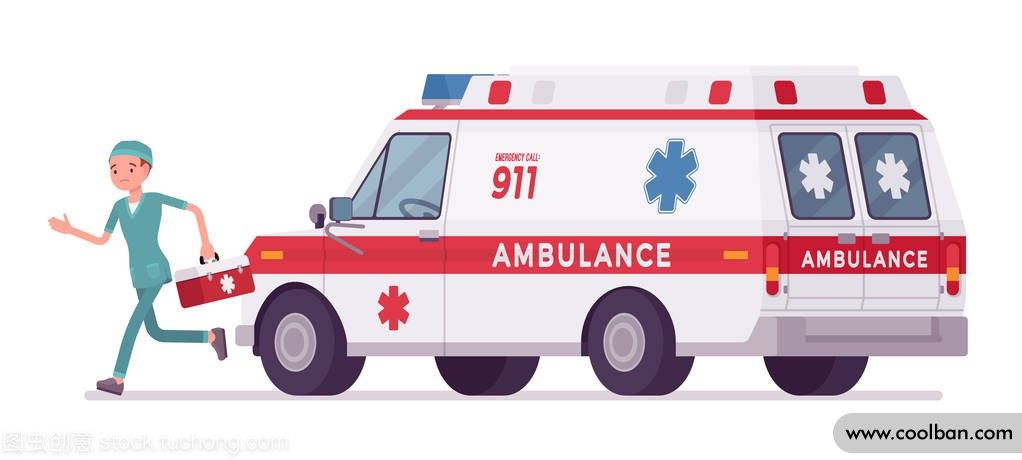
How to prevent heat stroke?
1. Take appropriate measures to lower body temperature to prevent heat stroke
Don't turn off the air conditioner to save electricity, but don't set the air conditioner temperature too low (not lower than 24 °C). The air outlet of the air conditioner should not blow directly at people. A small electric fan can be placed on the floor to promote indoor air convection to reduce the patient's body temperature.
2. Keep reminding yourself to add water to prevent heat stroke
Replenish water in small amounts and many times. Don’t wait until you are thirsty before drinking. Supplementing water is the key to preventing heatstroke in summer.
When working and exercising cause a lot of sweating, consider drinking salt soda or other sports drinks to rehydrate, but don't drink too much water at once.
Heatstroke is when the ambient temperature is so high that even the "air conditioner" fails. After the body temperature is out of control, the balance of water and salt (sodium) metabolism in the body is disturbed. The consequences of heatstroke are serious and can even lead to death.
So what are the symptoms, how do you feel, and how to deal with it after heat stroke?

Grading of heat stroke
Heatstroke is divided into different grades according to the severity of symptoms and the degree of emergency response. Generally speaking, heatstroke can be divided into three grades:
1. First grade heatstroke: Threatening heatstroke
As the name suggests, Threatened Heat Stroke is the mildest condition. The main symptoms include dizziness, dizziness, a slight increase in body temperature or the same body temperature. Muscle spasms may also occur with pain at the site of the spasms - This is heat stroke caused by excessive sweating and loss of salt (sodium). Some people also feel strange discomfort such as numbness in the hands and feet.

How to deal with threatened heat stroke:
(1) Immediately change the environment. Move to shade, such as under a tree, to rest to reduce body temperature. A cool and ventilated room is better, and ideally an environment with cold air-conditioning on, which helps the body lower its body temperature quickly.

(2) It is best to have someone accompany you in the room to observe the condition, and if it deteriorates, you can respond quickly, or send it to the hospital immediately.
(3) At the same time, add water immediately. However, the supplement of water should be appropriate, and must not be binge drinking, because drinking a large amount of water at one time will trigger the body's reflex perspiration hyperactivity, which will lead to further loss of water and salt, and aggravate the disease.
2. Second grade heatstroke: mild heatstroke
In addition to the aggravation of symptoms of heatstroke at this level, symptoms of heatstroke may also appear more intense, such as headache, nausea, vomiting, flushing, sweating, fatigue and weakness, and some people's body temperature begins to rise. Patients at this stage sometimes seem to feel that something is wrong with their expressions, which is actually a sign that mild disturbance of consciousness has occurred.

How to deal with Mild heat stroke:
Although mild heatstroke is more serious, the overall response plan is not much different from threatened heatstroke. Some of these people may lose the ability to self-rescue (such as self-hydration and salt), which requires immediate rescue, cooling and hydration by others. In addition, you can drink some Huoxiangzhengqi water or Huoxiangzhengqi soft capsules properly to relieve the symptoms of heat stroke. The best treatment is to send it to the hospital immediately.

3. Third grade heatstroke: severe Sickness heatstroke
Namely: heat stroke. In addition to milder symptoms of heat stroke, heat stroke may present the following typical symptoms:
(1) Consciousness disturbance, convulsions, hand and foot movement disorders;
(2) The body temperature rises rapidly, and the body temperature of some patients can reach 40℃ or even above;
(3) Abnormal liver function, renal function damage, and coagulation disorders (these indicators must be obtained through blood tests in the hospital).
Heat stroke is an extremely dangerous form of severe heat stroke, and it is important to realize that the mortality rate is quite high (between 20% and 70%, and can be as high as 80%). Therefore, an ambulance must be called as soon as possible and rushed to the hospital for emergency treatment.

How to deal with severe heat stroke:
(1) Immediately try to transfer the heatstroke patient to a shaded place with good ventilation, preferably an indoor environment with a cold air conditioner.
(2) Undressing enables heatstroke patients to rapidly reduce body temperature. Remove as much clothing as possible from a heatstroke victim to help the body quickly lower its body temperature. Pay particular attention to loosening parts of your clothing that are tight to your body, such as ties or belts. Underwear is looser to improve ventilation.
(3) After taking off your clothes, properly sprinkle some water on the bare skin, wipe the skin, and then use an electric fan or even a hand fan to lower the body temperature.
(4) If an ice pack can be found on site, wrap the ice pack with a towel or clothing to avoid direct contact with the skin, and then place it on the patient's forehead, back of head, chest, elbow socket, and thigh root, etc. The subcutaneous blood at the site is cooled. There is really no ice pack, and iced mineral water bought at a convenience store can also be used instead.
(5) Appropriately add water.

In summary, the key point of whether the lives of critically ill heat stroke patients can be saved is whether their body temperature can be reduced to normal body temperature as quickly as possible. Therefore, the short time window before the ambulance arrives is often very important, and it is beneficial to learn the proper first aid treatment.

How to prevent heat stroke?
1. Take appropriate measures to lower body temperature to prevent heat stroke
Don't turn off the air conditioner to save electricity, but don't set the air conditioner temperature too low (not lower than 24 °C). The air outlet of the air conditioner should not blow directly at people. A small electric fan can be placed on the floor to promote indoor air convection to reduce the patient's body temperature.
2. Keep reminding yourself to add water to prevent heat stroke
Replenish water in small amounts and many times. Don’t wait until you are thirsty before drinking. Supplementing water is the key to preventing heatstroke in summer.
When working and exercising cause a lot of sweating, consider drinking salt soda or other sports drinks to rehydrate, but don't drink too much water at once.
